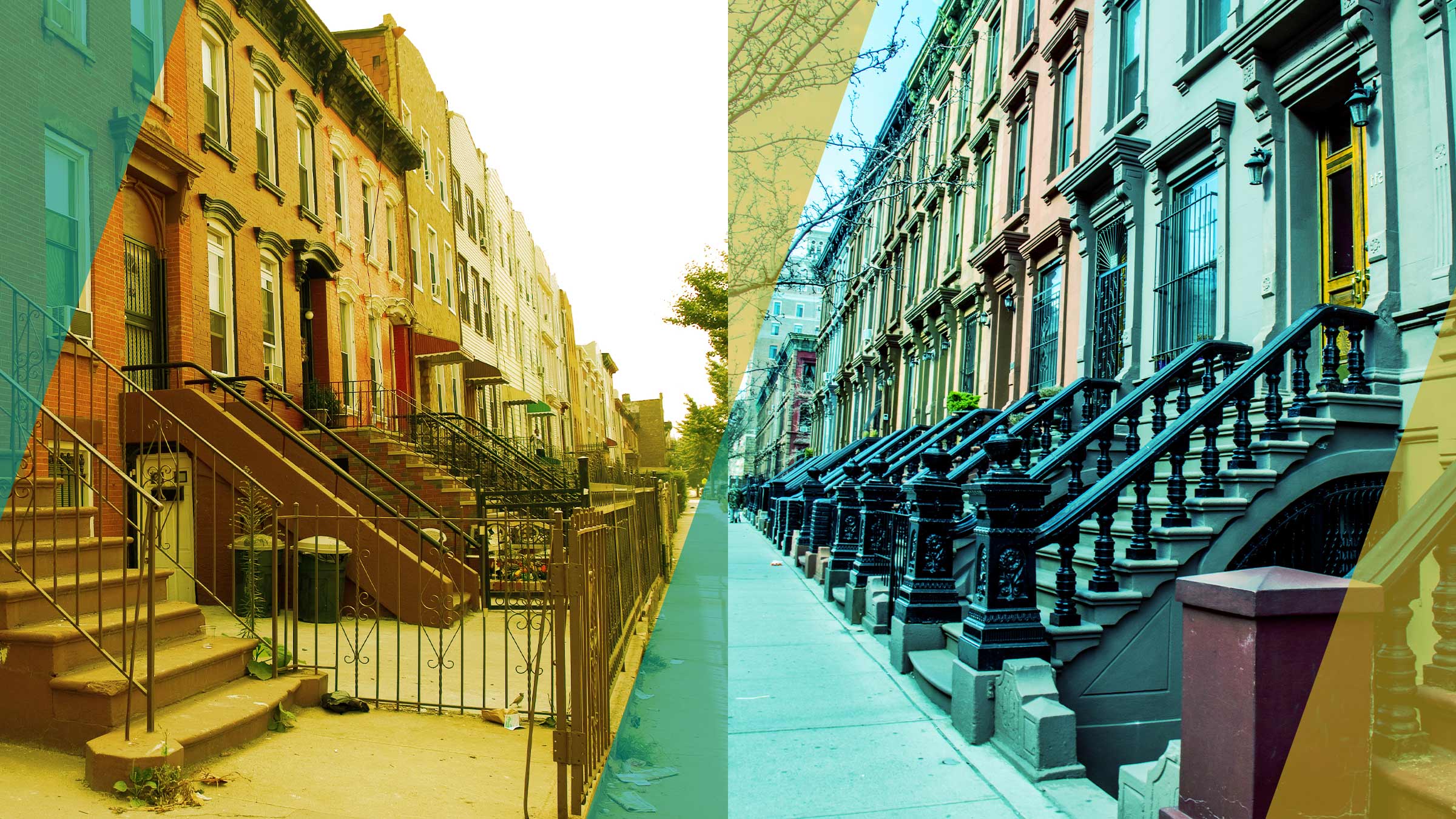The paucity of economic research on occupational licensing prior to the mid-20th century may be due, in part, to its relative unimportance. In the early 1950s, less than 5 percent of the U.S. workforce was covered by state licensing laws. But coming decades saw dramatic growth in licensing. By 2000, according to a recent paper by Morris Kleiner of the University of Minnesota and Alan Krueger of Princeton University, the figure had climbed to at least 20 percent.
While most licensing in the United States is done by state agencies, licensing also occurs at the federal and local levels. So in 2006, Kleiner and Krueger worked with the Gallup organization to gather data on licensing at all levels. Gallup randomly called U.S. phone numbers between May and August 2006, and as part of a general survey on time use, included the Kleiner-Krueger question: “Does your job require a license by a federal, state or local government agency?” Twenty-nine percent of workers responded that they needed a license to do their work.
The 2006 figure isn’t directly comparable to earlier data points, which didn’t include federal and local licensing, but Kleiner and Krueger point out that the overall data trends point to a dramatic rise in licensing. And that rise stands in marked contrast to the decline in the percentage of workers belonging to unions, which has fallen from 33 percent of all workers in the early 1950s to only 12 percent in 2006.
The movement from a manufacturing to a service economy provides a partial explanation of these trends. “Part of it has been the change in the industrial composition of the U.S. economy,” notes Kleiner, “and the ability of occupations to get together, form associations, tax their members and then lobby the appropriate area of government to get licensing.”
Why would members of a particular occupation lobby lawmakers to require licensing? The simplest explanation, provided by Milton Friedman years ago, is that restricting entry into the occupation raises wages. And indeed, Kleiner and Krueger find that after controlling for other variables (such as education and experience), “having a license is associated with approximately 15 percent higher hourly earnings.” The license pay bump, they observe, is “remarkably similar to the estimated effect of belonging to a union ... and greater than an additional year of schooling.”
Return to: Licentious Behavior





